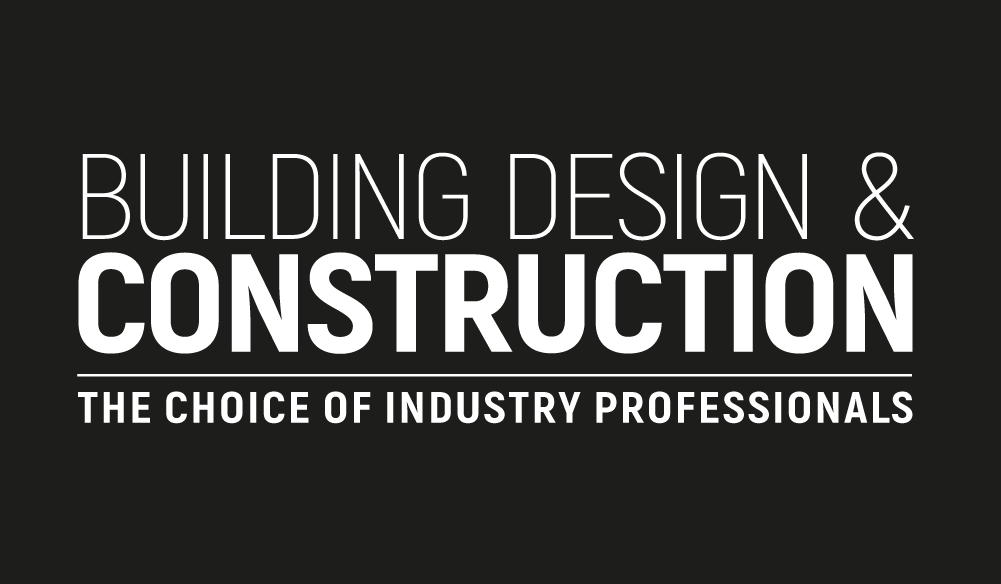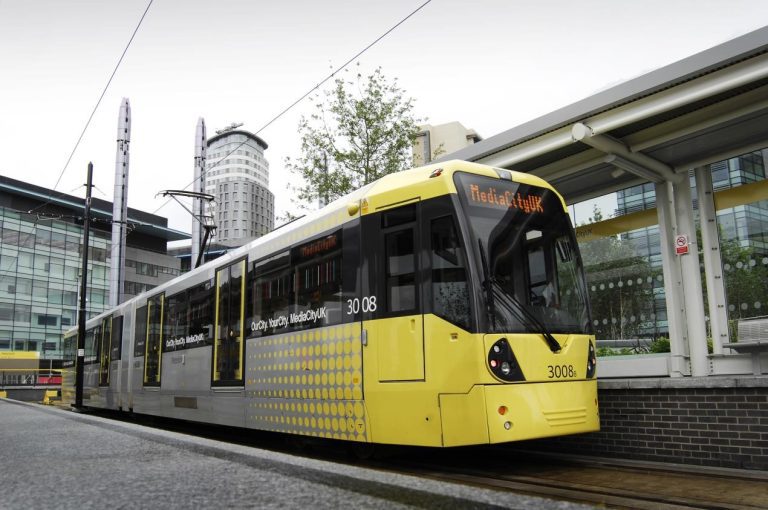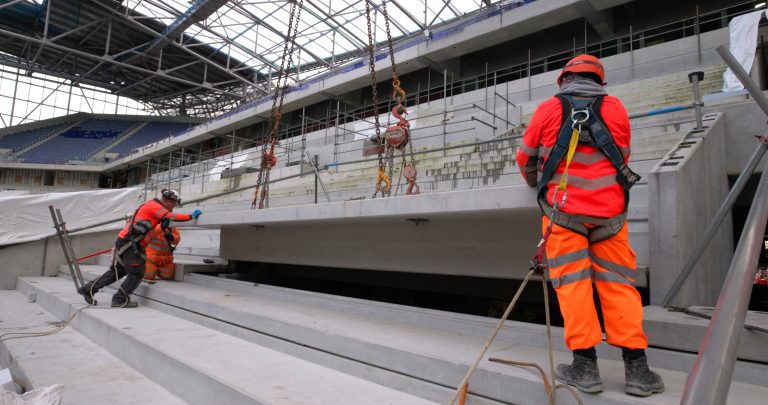Installing stone is a straightforward process, but mastering it requires attention to detail and adherence to best practices. However, even with the proper techniques, common pitfalls can trip you up along the way. Understanding and navigating these pitfalls can make all the difference in achieving a successful stone installation. Let’s explore the essential strategies and potential stumbling blocks that can impact your next project. What is Stone Installation? To create beautiful and durable surfaces in various spaces, stone installation involves carefully placing and securing stone materials, such as marble, granite, or limestone. As you embark on this task, it’s essential to start by preparing the surface where the stones will be placed. Ensuring the area is clean, level, and free of debris will lay a solid foundation for a successful installation. If you’re looking for marble restoration services in Sydney, it’s crucial to prioritize proper surface preparation to rejuvenate and enhance the appearance of your marble surfaces. Next, you’ll need to determine the layout of the stones, considering factors like size, shape, and color coordination. This step is crucial in achieving a visually appealing result that meets your client’s expectations. Once the layout is planned, you can apply the adhesive or mortar to secure the stones. Always align each piece accurately, maintaining consistent spacing throughout the installation process. Best Practices To Keep in Mind When Performing Stone Installation 1. Prioritize Proper Surface Preparation When performing stone installation, always prioritize proper surface preparation to ensure a solid foundation for the project. Here are the steps you can take to prepare the surface: 2. Check for Levelness Use appropriate leveling tools such as bubble levels, laser levels, or straightedges to assess the levelness of the surface. Place the level across different substrate points to identify uneven areas or deviations from the horizontal plane. 3. Use the Right Adhesive or Mortar Ensure compatibility between the adhesive and the stone material, considering factors such as porosity, weight, and environmental conditions. Ensure you follow manufacturer guidelines for mixing ratios, application techniques, and curing times to achieve optimal adhesion and long-term installation durability. 4. Laying and Cutting the Stones Pay attention to spacing and alignment as you lay the stones to create a professional finish. When cutting stones to fit, measure twice and cut once to avoid unnecessary waste. Common Pitfalls to Avoid During Stone Installation The importance of proper stone veneer installation cannot be overstated. To ensure a successful stone installation, steer clear of these common pitfalls. 1. Insufficient Surface Preparation Skipping or inadequately performing surface preparation can lead to poor adhesion, uneven surfaces, and premature failure of the installation. Ensure thorough substrate cleaning, leveling, and repair before installing. 2. Incorrect Adhesive Selection Using the wrong type of adhesive or mortar can compromise the bonding strength and durability of the installation. Choose adhesives or mortars specifically formulated for the type of stone installed and the substrate material, considering factors such as porosity, weight, and environmental conditions. 3. Improper Joint Sizing and Spacing Inadequate attention to joint sizing and spacing can result in unsightly gaps, uneven alignment, and potential structural issues. Follow manufacturer recommendations and industry standards for determining appropriate joint sizes and spacing based on the size and type of stone being installed. 4. Inadequate Support and Reinforcement Ensure that the substrate is structurally sound and capable of supporting the weight of the stones, and consider additional reinforcement measures such as metal or fiberglass mesh for large or vertically oriented installations. 5. Poor Water Management Neglecting to address water management issues such as drainage, waterproofing, and moisture control can result in water damage, mold growth, and deterioration of the installation over time. Implement proper waterproofing measures on slope surfaces for adequate drainage and install moisture barriers as needed to prevent water infiltration and ensure the longevity of the stone installation. Conclusion In conclusion, mastering stone installation requires attention to detail and proper techniques. You can ensure a successful and durable installation by following best practices and avoiding common pitfalls. Remember to properly prepare the surface, use the right tools, and take your time to achieve a high-quality result. With practice and patience, you can become a skilled stone installer and create beautiful, long-lasting designs for your clients.














